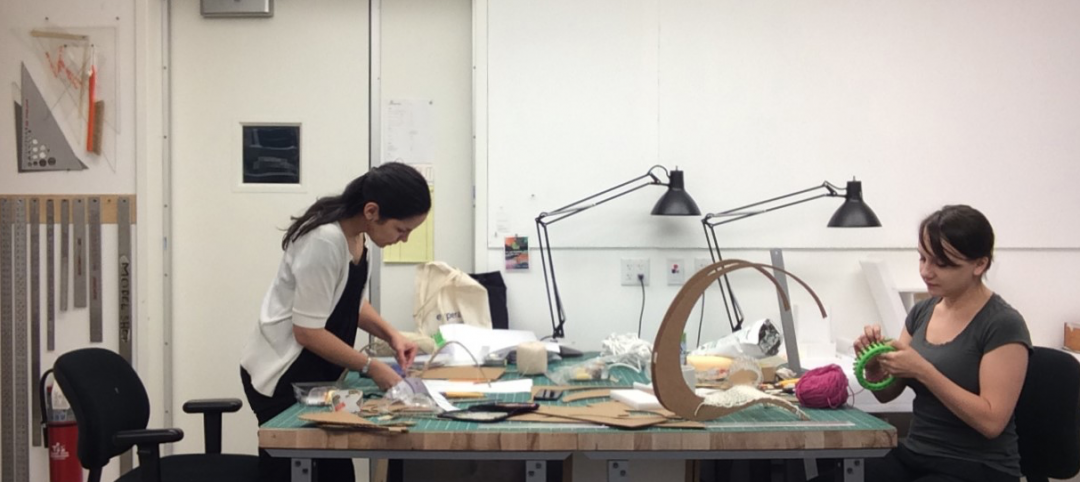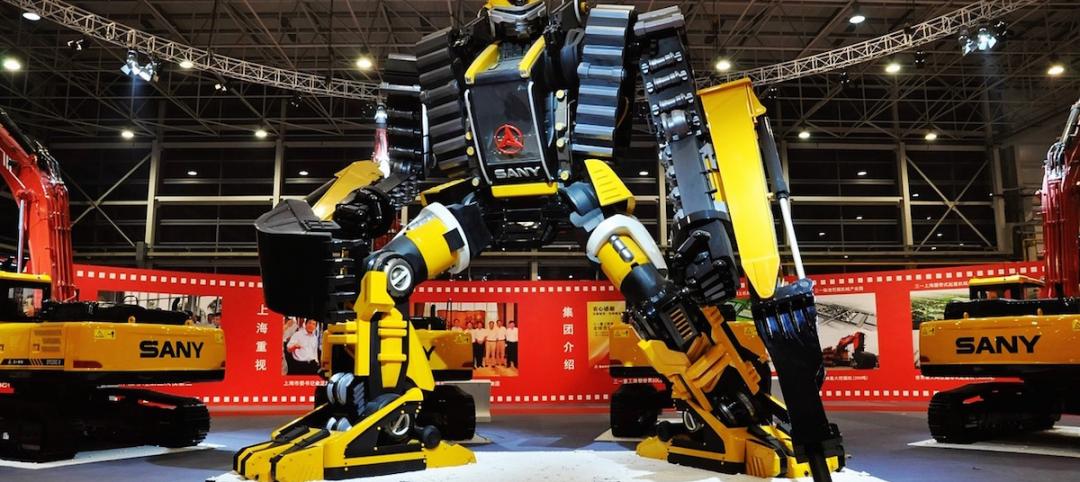Lisa Picard is tired of the RFP process. As a seasoned real estate developer currently heading up one of Seattle’s most exciting new developments, Skanska Commercial Development’s 2&U tower, Picard has spent countless hours sifting through proposals for architectural services—feeling unimpressed.
The issue isn’t the caliber of the firms, nor the quality of the proposals. The problem, says Picard, is the overly formal nature of the RFP process for evaluating key partners.
“Why are we spending all this time and energy, having people spin their wheels and create volumes of paperwork, when really we just want to know if we can work together?” says Picard.
With Skanska acting as the developer, contractor, and financier on the 2&U project, Picard and her team had the freedom to try something different. They thought about hosting a design competition, but even then, do you really get a sense of how well the design partner will collaborate with the other team members, or deal with adversity? Hardly.
“Why are we spending all this time and energy, having people spin their wheels and create volumes of paperwork, when really we just want to know if we can work together?” — Lisa Picard, Skanska Commercial Development
Picard’s epiphany occurred on a Saturday afternoon, while walking through Skanska’s Seattle office. She came across a full-scale “hackathon” being hosted by a tech tenant in the building. The energy was infectious. The intensity was palpable. The level of creativity and collaboration was like nothing she had witnessed before. Could the hackathon model be adapted for a real estate project? “Why not? This is Seattle,” she says. “The idea of the hackathon is to break into something that works, but that you want to make better.”
Skanska scrapped the RFP for what Picard calls an “RFC,” or request for conversation. Nine firms were invited to join the builder/developer for individual 60-minute conversations—no formal presentation, no two-inch-thick portfolio, just a face-to-face to evaluate if the architecture firm was genuinely excited about the project, and if Skanska’s team would enjoy working with the design team. Much of the RFC centered around Skanska’s vision for the project, and its primary problem: how to create a world-class spec office tower that would both form a strong civic relationship with the city and connect downtown with the waterfront.
Two firms stood above the rest during the RFCs, but the true test was yet to come. Both were invited to participate in a three-week hackathon to test their grit, collaborative spirit, and mental endurance. (The firms were compensated for their time.)
Armed only with the developer’s vision and basic details on the project, the two teams set out the first week to develop their initial design solutions. To honor hackathon tradition, Skanska provided Red Bull for late-night design sessions. The firm also built into the program check-in points and feedback loops to reinforce the importance of collaboration and problem-solving among architect, developer, and builder.
In week two, just when the teams were starting to make headway on their design models, Picard changed the rules—removing a key parcel from the program—to see how the teams would respond. By the time the final presentations were delivered in week three, Picard says it was clear that one firm—Pickard Chilton of New Haven, Conn.—rallied when faced with adversity.
Picard says the hackathon was a success, and signals a shift in thinking among developers when it comes to selecting partners: it’s not just about IQ, but also EQ—emotional quotient. “Owners want partners who are as passionate about the project as they are,” she says. “You must express an energy that’s infectious. It has to be real.”
More from Author
David Barista | Aug 15, 2019
3 ‘Giant’ AEC market trends for 2019-2020
We’re starting to see a shift toward custom research, thanks in part to the influx of data, data tools, and analytics expertise in the AEC market.
David Barista | Jul 31, 2019
Amenities war no more? Research report explores multifamily market
Multifamily developers show no signs of pulling back on specialty spaces and unique offerings in an effort to attract high-quality tenants, according to new research from Multifamily Design+Construction.
David Barista | Dec 30, 2016
An open letter to the AEC C-suite
Women AEC professionals need you to take action.
David Barista | Sep 6, 2016
Innovation intervention: How AEC firms are driving growth through R&D programs
AEC firms are taking a page from the tech industry, by infusing a deep commitment to innovation and disruption into their cultural DNA.
David Barista | Jun 27, 2016
If ‘only the paranoid survive,’ what does it take to thrive?
“Sooner or later, something fundamental in your business world will change.” The late Andrew Grove (1936-2016), Co-founder of tech giant Intel Corp., lived by these words.
David Barista | May 31, 2016
As commercial buildings get ‘smarter,’ concerns rise over cybercrime
As buildings become increasingly connected, opportunistic hackers have countless avenues into a building’s network.
David Barista | May 9, 2016
Is the nation’s grand tech boom really an innovation funk?
Despite popular belief, the country is not in a great age of technological and digital innovation, at least when compared to the last great innovation era (1870-1970).
David Barista | Mar 31, 2016
Deep Learning + AI: How machines are becoming master problem solvers
Besides revolutionary changes to the world’s workforce, artificial intelligence could have a profound impact on the built environment and the AEC industry.
David Barista | Feb 24, 2016
Is the booming freelance economy a threat to AEC firms?
By shifting the work (and revenue) to freelancers, “platform capitalism” startups have taken considerable market share from traditional businesses.
David Barista | Jan 26, 2016
How the Fourth Industrial Revolution will alter the globe’s workforce
The next great technological metamorphosis will be unlike anything humankind has experienced before, due to the sheer size, speed, and scope of disruption.
















